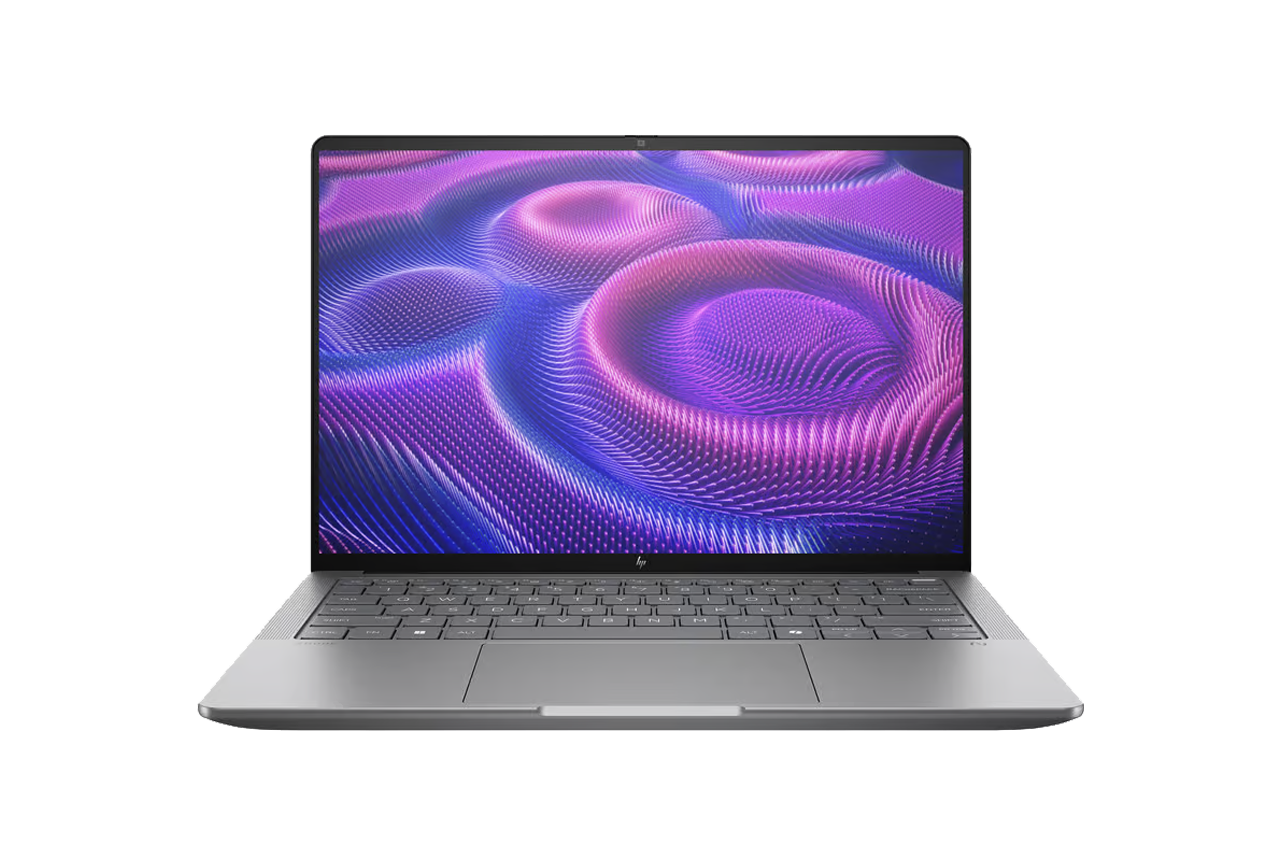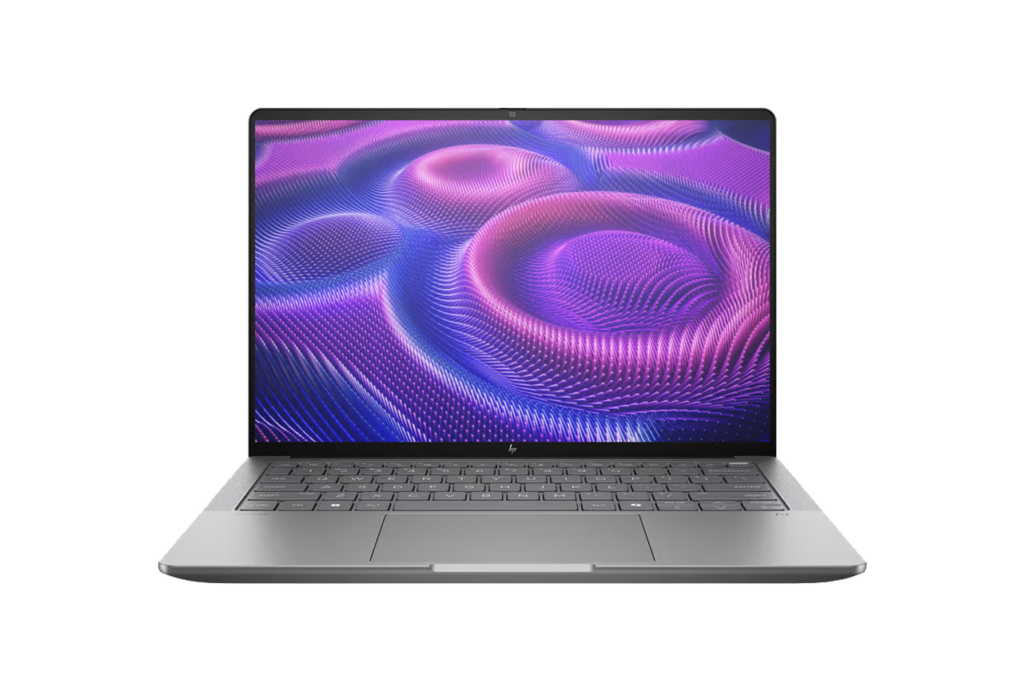We put the HP ZBook Ultra G1a 14″ through our rigorous DXOMARK Laptop test suite to measure its performance in sound, camera and display. In this review, we will break down how it fared in a variety of tests and several common use cases.
Overview
Scoring
Use-case and feature subscores included in the calculations of the global score

HP ZBook Ultra G1a 14"
Pros
- Accurate target exposure across all tested conditions
- Natural and pleasant color rendering
- Extended depth of field, making it particularly suitable for group conferencing
- High texture to noise balance, particularly in static scenes
Cons
- Occasional abrupt exposure variations when the target changes
- Slight noise and moving-texture artifacts appearing occasionally on dynamic elements
- Minor fringing, quantization, hue shifts, and distortion are sometimes noticeable
Test summary
About DXOMARK Laptop tests: For scoring and analysis in our laptop reviews, DXOMARK engineers perform a variety of objective tests and undertake more than 20 hours of perceptual evaluations under controlled lab conditions and real-life scenarios. (For more details about the Laptop protocol, click here.)
The following section gathers key elements of our exhaustive tests and analyses performed in DXOMARK laboratories. Detailed performance evaluations in the form of reports are available upon request. Do not hesitate to contact us.
Camera
HP ZBook Ultra G1a 14"
136
DXOMARK evaluates the image quality of the built in camera during video calls, whether with a single person or with multiple people, in a variety of lighting conditions. Our camera evaluation particularly assesses the ability of the built-in camera to clearly render human faces during video calls. Other intrinsic camera quality aspects are also evaluated, like color reproduction, texture, and noise, as well as artifacts.
With a camera score of 116, the HP ZBook Ultra G1a 14’’ reaches the top 10 of our laptop ranking for camera performance in video calls. It delivers an accurate target exposure across various lighting conditions and produces pleasant, natural colors. Its extended depth of field makes it suitable for group video conferences, and it maintains a good balance between texture detail and noise control, especially in static scenes. However, exposure transitions can sometimes be abrupt, and the dynamic range is slightly limited. Minor noise and texture artifacts may appear in moving scenes, and occasional color fringing, hue shifts, and distortion are also visible. Overall, the camera provides a good performance in video conference use cases, with only minor artifacts affecting certain dynamic or complex scenes.
The following chart presents the camera subscores for the video call use case:



